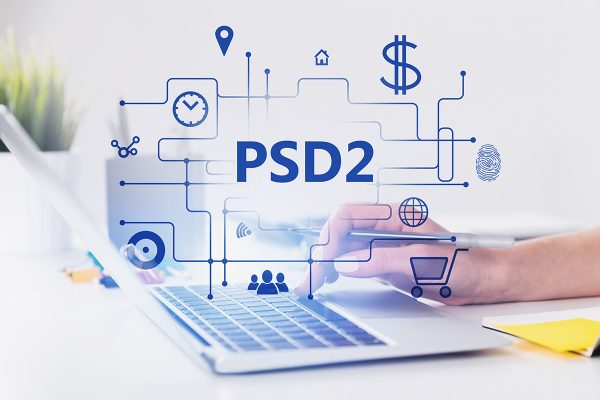This September the European Payment Services Directive (PSD2) will come into effect, requiring merchants to refine their checkout processes and invest in technology to comply with the directive.
While some sellers consider PSD2 as a painful system change, it presents an opportunity to ensure their checkout is ready. In this light, here are three features from Colin Neil, SVP of Business Development UK, of Adyen on the upcoming legislation that every seller should be aware of:
Fraud prevension
The regulation embraces security for ‘card not present’ transactions. Sellers must verify payments using either something the customer owns, such as a computer or mobile device, something the customer knows, password or temporary code, or something the customer is, through biometrics or facial recognition. In the wake of PSD2’s additional requirements, 3DS 2.0 has emerged to support a frictionless authentication experience for shoppers.
What does PSD2 mean for merchants?
Extra authentication means friction to shoppers’ checkout experience, resulting in abandoned baskets. Sellers need to find the equilibrium between managing fraud and creating a seamless customer journey. However, 3DS 2.0 is much more dynamic; it streamlines the authentication process and improves the customer experience. It supports merchants compliance with PSD2 without negatively impacting conversions and reduces fraud-related chargebacks through strong authentication.
Beyond the EU
PSD2 is an EU directive. The regulation has global ramification for online commerce. Non-EU sellers that are selling to shoppers in the EU will need to comply with the new PSD2 standards. They will need to comply to keep revenue streams from European customers open. The logistical and financial issues that go alongside these regulations can sometimes not be worth the hassle of offering its services in European markets. By using 3DS 2.0, global retailers can easily accept transactions originating in Europe.
Merchants should view PSD2 as an attractive opportunity for their business. They need to invest in a payment solution implement 3DS 2.0 is one way of ensuring PSD2 regulations are met. Sellers that embrace the directive will reap the fruits of diversifying their business by capitalising on the latest payment regulation. They need not consider the directive as a mere security requirement but a chance to enhance the innovative way of authenticating the payment experience.









